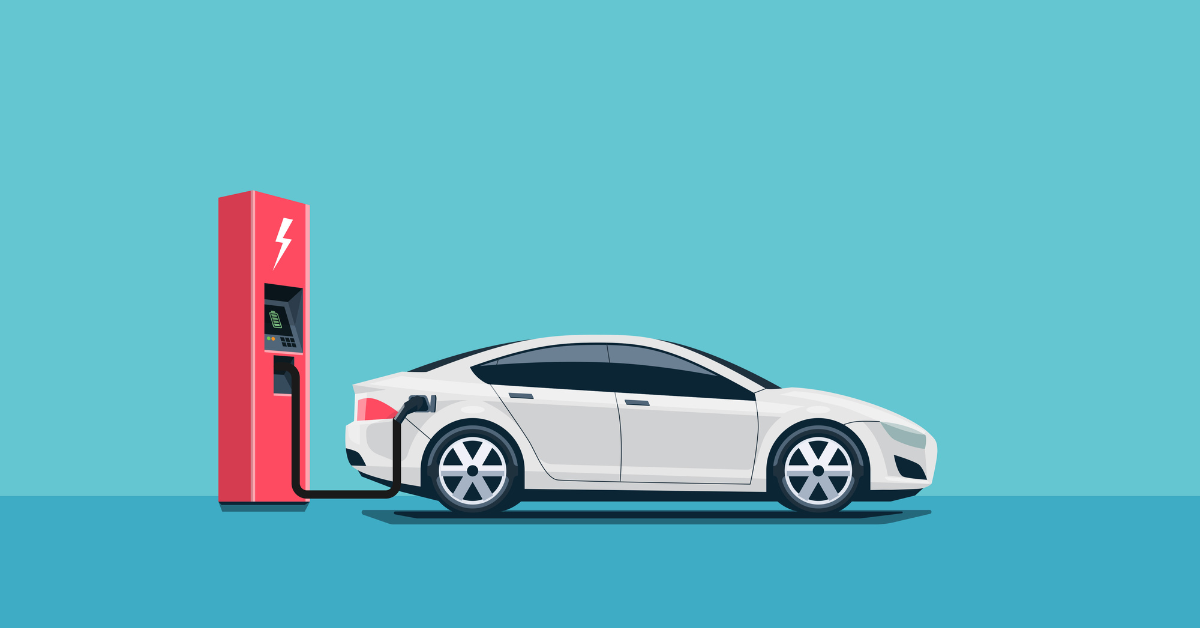The Indian automobile industry is the fifth largest in the world, with a goal of becoming the third largest by 2030
Concerns about specific challenges related to inadequate supply chains, certain government policies, consumer behaviour, and proper EV charging infrastructure accompany the growth forecast
An integrated EV policy for India’s future mobility, with a focus on zero-carbon emission mobility, is urgently needed
The Indian automobile industry is the fifth largest in the world, with a goal of becoming the third largest by 2030. India’s EV sector is rapidly expanding. The country has the world’s largest untapped market for electric vehicles, particularly in the two-wheeler segment.
Government’s Push Towards Clean Mobility
The Central Government is also prioritising the transition to clean mobility with recent moves to make electric two-wheelers more affordable under the FAME II scheme as of November 2021. 4.75 Lakh electric vehicles (EVs) have been registered and sold under this scheme.
Several approvals were granted under the FAME II scheme of the Indian EV policy. This includes approximately 6,315 electrical buses and 2,877 EV charging stations costing approximately $66.63 Mn in 68 cities across India, and 1,576 charging stations costing approximately $14.39 Mn across various expressways and highways.
A number of production-related incentive schemes are now in place to support the goals of greater adoption of electric mobility as a mode of transportation. The government can achieve this goal if it is willing to incentivise and make new investments in developing indigenous supply chains for key technologies and products.
Concerns about specific challenges related to inadequate supply chains, certain government policies, consumer behaviour, and proper EV charging infrastructure accompany the growth forecast. These obstacles must be considered when developing an appropriate India market entry strategy.
This massive electric vehicle sector in India will take some time to develop. The automobile industry believes that India will follow in the low-carbon footsteps of many large developed countries. Every major automobile manufacturer intends to enter the EV market. Even though some domestic EV startups and OEMs already have EVs in their portfolio, other OEMs are all testing and planning to launch their own EVs within the next few years.
While each of these manufacturers recognises the importance of EV mass market prospects, the government’s policy push has led them to take concrete steps that will make electric vehicles appealing. These OEMs, however, face a few challenges:
Range Anxiety
Range anxiety is the concern of an electric vehicle user about the number of kilometres an EV will travel, or how long the battery of the electric scooter will last. It is not possible to travel long distances on a single charge with the current battery technology installed in electric vehicles.
Cost Of The Battery
The battery and power electronics account for nearly two-thirds of the cost of an EV. Nickel-metal hydride (NiMH) and lithium-ion (LiON) are the most commonly used battery materials in the EV segment. Many factors, including gaps in the demand-supply chain, uneconomically low volumes, and so on, can contribute to the high cost of manufacturing EVs. The cost of an electric vehicle’s battery, power electronics, and motors can be six to seven times that of an IC engine. This has an additional impact on the ex-showroom price.
We have seen new battery manufacturing capacities emerge in India over the last few years. The localisation push of these battery manufacturing can help to lower the costs of EVs. A battery manufacturing plant can produce up to 8 GWh of electricity. Localisation benefits can only be realised in the long run, with significant penetration and volumes of EVs.
Supply Chain Problems
Due to the scarcity of Lithium-ion, EV battery manufacturing in India is still heavily reliant on imports, which serves as a major impediment for companies looking to invest in India’s EV industry. Many startups are attempting to acquire stakes in overseas resources and are relocating more raw material manufacturing units to India. The Indian EV sector’s battery manufacturing capacity still requires proper and adequate planning.
The industry also requires joint ventures to help it acquire sufficient lithium-ion battery resources. Foreign organisations are increasingly turning to consulting firms to assist them in assessing technology and industry trends in the EV sector and offering comprehensive business opportunities in India that will assist them in achieving profitable long-term gains.
Charging Infrastructure
Consumers and fleets considering all-electric vehicles require charging stations, which are referred to as electric vehicle supply equipment (EVSE). To address this issue, we must first charge at home or in fleet facilities. Charging stations in workplaces and public places can help to increase market acceptance.
Lack Of Service Options
Most of us have experienced a vehicle breakdown at some point in our lives. The problem is usually resolved due to the abundance of skilled/unskilled auto service technicians. With the growth of Indian OEMs and the EV segment in the country, there is a need for retraining repair professionals or finding newly trained EV workers.
An electric vehicle has fewer moving parts than an ICE vehicle, but the technology is unknown to our informal service network. This causes anxiety among EV owners, who are constantly concerned about becoming stranded in the middle of nowhere. Even today, many auto OEMs have extensive service and dealer networks throughout India, but their EV service network has yet to mature significantly.
The electric vehicle industry and OEMs in India are still in their infancy, but they are growing quickly. To keep up with this pace, we need EV infrastructure requirements that will support EV demand. Despite these obstacles, Indian OEMs and the electric vehicle industry have enormous potential to reduce carbon footprints and provide affordable vehicles.
In the future, emobility will be essential for survival in India. So, rather than avoiding change, it is always preferable to plan how it will occur. An integrated EV policy for India’s future mobility, with a focus on zero-carbon emission mobility, is urgently needed. The future of electric mobility and the expansion of Indian OEMs, is here to stay, evolve, and broaden its reach.










